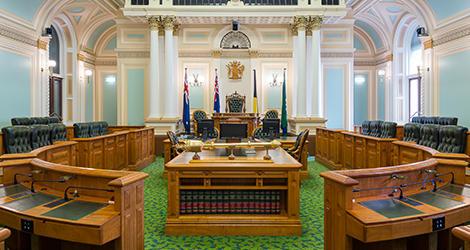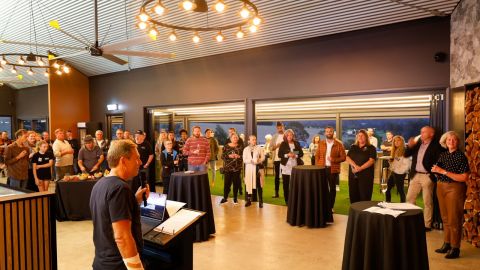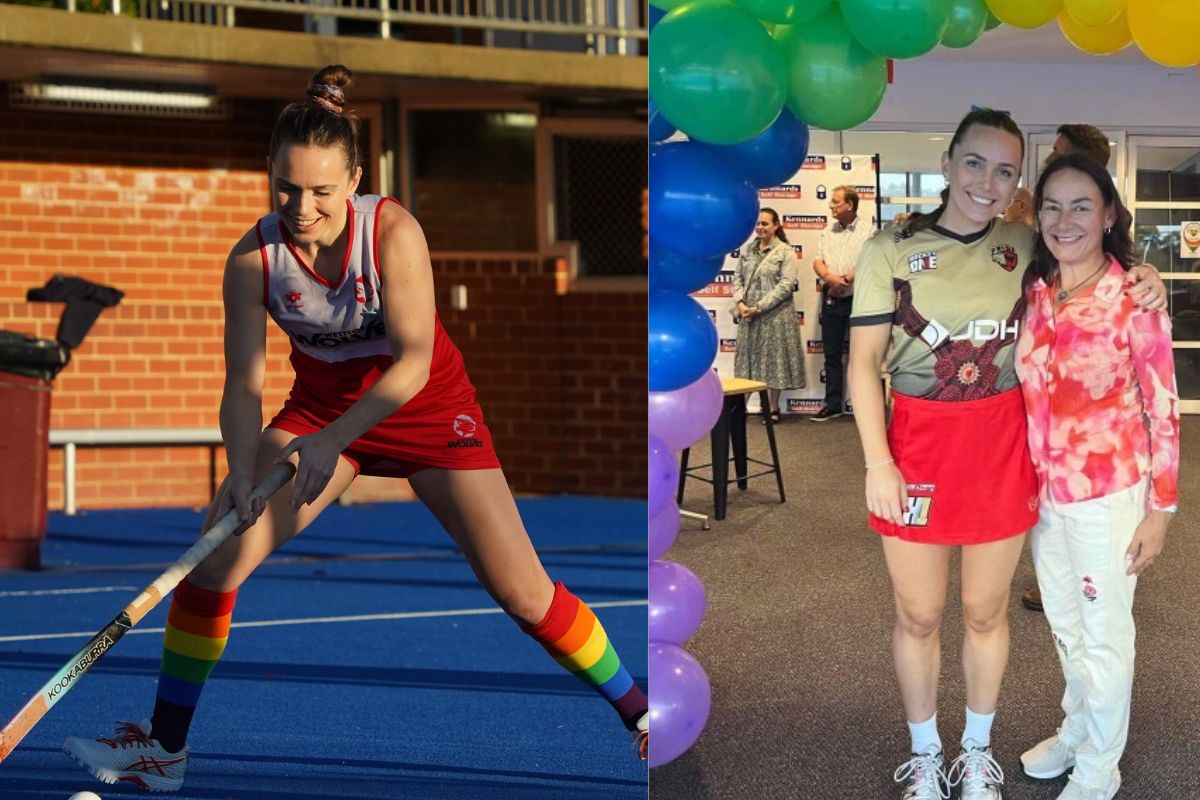To improve safety at train stations and tackle busy hotspots, ProRail, the authority that runs the Dutch rail infractructure, anonymously measures crowd dynamics of travelers. Eindhoven University of Technology (TU/e) assists the railway manager with the analysis and also uses the information to investigate the behavior of crowds. That behavior has completely changed due to the corona social distancing rule. TU/e researchers searched for new patterns and published their results in the journal Plos One.
Understanding human behavior in crowds is interesting from a scientific point of view, and it can also provide solutions to many societial problems. One of those is a congestion, which can turn dangerous in busy times. Over the past two years, TU/e has been working together with ProRail to use sensors to keep platforms in train stations safe. This allowed them to see if new systems aimed at spreading passengers on the platform really worked. During corona, the word congestion took on on a whole new meaning. TU/e-researchers saw opportunities to use the same sensors to look at behavior of crowds that must adhere to the distancing rule.
Frank van Schadewijk, pedestrial flow expert at ProRail: “With better information we can design our stations better, communicate in a more targeted way with our passengers and evaluate pilot projects at the platforms. For example, we are working on high-tech solutions such as real-time crowding information and automatic speakers, to improve traffic flow on the platform. The TU/e research is interesting for ProRail because it provides more insight into the pedestrian flows at the station, not only during the 1.5 meter society, but also afterwards. With that knowledge we can design even better stations in the future. “
Filtering people who travel together from the dataset
Although the corona situation means fewer people at the station, they suddenly need a lot more space due to the distance rule. This can create new bottlenecks on platforms that were not a problem before. The researchers wanted to investigate this new behavior, but first had to filter people who travel together from the dataset. After all, there are many roommates, such as couples and parents with children, on the platforms, who “pollute” the data because they are not bound by the distance rule.
TU/e-researchers Alessandro Corbetta, Cas Pouw and Federico Toschi, from the Fluids and Flow research group at the department of Applied Physicis set to work. Corbetta: “We developed an algorithm that can recognize family-like groups very precisely and in real time.” In other words: when two or more people enter the station together, stay together during their journey through the station, and also get on the same train together, you can safely assume that they are couples or family.
“The fact that we are able to do this real-time, is really new. Many algorithms go through the data several times before giving an outcome. That takes a lot of time and processing power. Our system is fast, runs on a simple laptop and is easily scalable,” explains Corbetta. With each new measurement that comes in, the system becomes more accurate. This additive process ensures that people traveling together are correctly recognized. The longer such a group stays in the measured area, the more securely you can exclude them from the dataset.
One hundred thousand trajectories per day
Since 2017, 19 sensors have been suspended above the platform of track 5 at Utrecht Central Station, which together can anonymous monitor the entire platform for research purposes. This platform is known as one of the busiest platform in the Netherlands, with trains leaving for Amsterdam Central Station and Schiphol Airport. The sensors work day and night, with an average of 100,000 measurements per day in normal situations, and an average of 16,000 per day during the first three months of the corona crisis.
The sensors manage anonymous tracking using a principle that is similar to the technology developed at TU/e since 2014. The key of these tracking systems is the reconstruction of overhead ‘depth maps’. These maps represent the distance between each spatial point and the sensors. As pedestrians walk by a sensor, a distinct depth fingerprint emerge: heads are the topmost points, shoulders are a little lower, then comes the rest of the body, with arms and legs.
Corbetta: “Such a fingerprint, which per se does not include any personal identifiable information, lasts for a split-second only, enough to identify pedestrians’ positions and estimate trajectories. Only these positions and trajectories will be stored for analyses.” This enables reliable tracking while ensuring the passengers’ privacy.
Understand how people move in crowds
“Our Crowdflow topical group (part of the research group Fluids and Flow red.) tries to get to a fundamental understanding of how people move around in large crowds. Due to the social distancing rule, our research has suddenly acquired a whole new set of interesting variables,” says Cobetta.
He wants to find social structures in the data, for example what social ties there are between people. This research into family-like groups offers that possibility. But also, for example, the difference between a crowd at rush hour or on a Saturday afternoon is very interesting. “What’s more, we can study behavioural patterns before and during Corona,” Corbetta adds.
He concludes: “We are still computing over platform 3, so we expect to publish new insights soon. Moreover, we are eager to deploy our knowledge and system in other settings to support, for example, municipalities, museums, stadiums and airports,”
This research was subsidized by the NWO-VENI project 16771, “Understanding and controlling the flow of human crowds” (Corbetta), and appeared on 29 October in the journal PLOS One under the title ‘Monitoring physical distancing for crowd management: Real-time trajectory and group analysis’. DOI: https://doi.org/10.1371/journal.pone.0240963
Next to this research, ProRail and TU/e also work closely together in the field of education. This way, ProRail offers students the opportunity to work with real data in order to solve societal problems. This so-called ‘USE learning line: Physics of Social Systems‘ is accessible for all TU/e students. The goal is to learn to look at social structures through a mathematical perspective, combining it with psychology and ethics.











